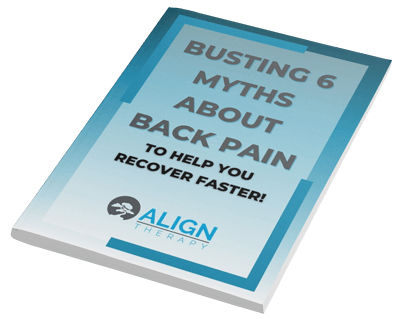During race season, I see quite a few runners with aches and pains threatening to hold them back from meeting their goals. Most of the time, if those runners would have done some simple things ahead of time, they could have avoided those annoying, and sometimes season ending, injuries.
Here is a list of my Top 3 Mistakes to avoid when training!
#1 – INCREASING MILEAGE TOO FAST!
This is a training error that can result in anything from tendinitis to stress fractures. When we begin a training program, whether that is couch to 5K or our first 70.3, our bodies must adapt to the stress we place on them.Our bodies truly are amazing in how they get stronger, but we need to give them time to adapt.
As our muscles, joints, and bones are used more and more with activity, this signals the body to remodel those tissues and make them stronger and able to handle the stress of running. If we are not stressing them faster than they can repair, we continue to gain strength and speed, without injury.
When that stress is greater than the body can repair, we start to have weakened tissues that isn’t fully recovered. This leaves them vulnerable to injury.  Some of the injuries I see because of this include tendinitis, stress fractures, plantar fasciitis, IT band syndrome, bursitis, and shin splints.
Some of the injuries I see because of this include tendinitis, stress fractures, plantar fasciitis, IT band syndrome, bursitis, and shin splints.
You have probably heard the term “overuse injury”, but it really turns out that it is an “under-recovery” injury. We are not letting the body recover from the stress fully before we stress it again.
One last thing that makes this difficult is that our cardiovascular system (ie. Heart and lungs) adapts faster than our tissues. This makes it feel like we can run further because we aren’t as out of breath, even though our other tissues are still trying to catch up.
HOW TO AVOID IT!
I think most of us have heard of the 10% rule. For novice runners, this is a good way to gauge how quickly to increase mileage. Following this rule means you don’t increase your weekly mileage by more than 10% each week.For those runners with more experience, the 10% rule doesn’t always apply.
If you have been running for a while and are looking to increase your mileage, listen to your body and back off if you are noticing aches or pains that aren’t going away following rest. When you are having the same problem each time you run, you should come in and we can check it out to decide if it is something to worry about or not. If you want to be more cautious, experienced runners can also follow the 10% rule.
#2 – SKIPPING CROSS TRAINING!
I am a runner, and realize it is hard to find time to cross train, especially if you are training for a longer race or triathlon. Strengthening the hips, core, and legs can really pay huge dividends, not only in decreased injury risk, but in increased speed as well.  The problem is running is usually in a straight line, where we are not required to use the muscles on the sides of the hips and core as much.
The problem is running is usually in a straight line, where we are not required to use the muscles on the sides of the hips and core as much.
Sometimes, with trail running, there is more side to side movement, but overall, we work the muscles more in a straight line.The muscles in the sides of the hips and core help to stabilize the pelvis, and can help the legs to work more efficiently and with less strain.
The glutes and hamstrings are the motor to your run, and consistently are weak in the runners I see with running related injuries. Since we sit so much during our day (well, most of us), the glutes and core get neglected, and unless we specifically strengthen then, we are setting ourselves up for compensation somewhere else in the legs.
HOW TO AVOID IT!
I would suggest a combination of core, lateral hip, and glute strengthening as a bare minimum. Then adding in quad, hamstring, and calf strengthening to help add more stability. Make sure you are doing as many exercises as you can in a weight bearing position to activate more muscles and make it more like running.Some great examples of runner specific exercises can be found at utahphysicaltherapy.com/run and if you are still having a hard time, just let me know.
#3 – IGNORING RUNNING FORM
Sometimes you can cross train like crazy, follow the 10% rule, and still end up with an injury. Running form plays a HUGE role in the stress that is placed on our bodies. If your form is poor, you are not able to fully relieve the stress on your tissues, and this will most likely result in injury down the road. 
Good running form is more than just focusing on your footwear, or even foot strike. It is making sure YOUR body is in the best alignment it can be, thus taking stress off the body, resulting in decreased injury risk, along with improved efficiency (translation: FASTER).
HOW TO FIX YOUR FORM!
Studying and changing running form can be a bit daunting, but there are some easy tips you can use to start improving yours NOW.
After seeing hundreds of runners, and seeing they had similar form issues, I decided to write a summary of the 5 most common issues with running form. I have made this Tips Report available to you for FREE. Just click HERE, or on the button below to request your copy.
Treating runners is one of my passions at Utah Physical Therapy. I love to get out on the roads and trails, and try to practice what I preach. If you have more specific questions on running form, please don’t hesitate to email me at david@aligntherapyutah.com. If you really want to get to the bottom of your running issues, then call my office at 801-980-0860to schedule a one-on-one appointment with me. I would love to show you what we can do!!
David Butler, Physical Therapist
Align Therapy



